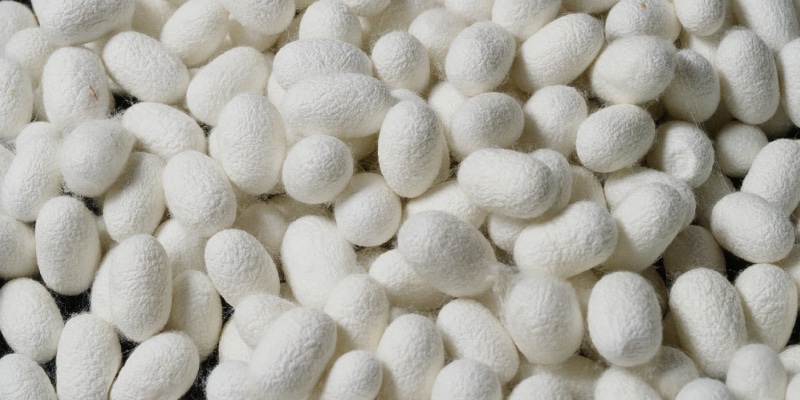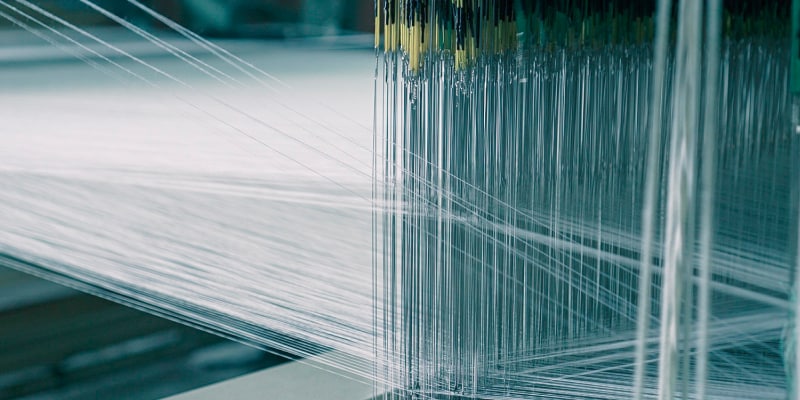
Here, a silk glass series of traditional silk sliding doors has been adopted as side panels for a medical instrument.
The weft of the silk fabric incorporated in these panels is made from knotted silk (zaguri technique), spun by hand from pure Matsuoka Hime cocoons produced in Japan. Gold painted yuzen, which is applied to silk fabrics, is a decorative technique for kimono in which gold leaf is affixed to silk by using glue to draw designs. This traditional gold leaf decorative technique, which has been used since the last half of the Heian period, remains in use today. It is characterized by its delicate and glittering expressiveness.
The shippo pattern, also one of the yusoku patterns, is meticulously drawn into a crisp, clean kumodori pattern. The shippo design came to Japan in ancient times via the Silk Road. The rings bound together in the Japanese shippo pattern bring to mind enso (connection), the idea being that the overlap of connections is worth seven treasures (shippo literally means “seven treasures”).
While based on a traditional motif, the refined expression of lines and the gradation effect resulted from original proposals from Shimadzu designers. It is designed from a production-oriented approach, with consideration to both the beauty of finely crafted handicrafts and mass production (including RoHS compliance).





ITOKO Co.,Ltd.
As a manufacturer of white cloth with an emphasis on silk materials, Itoko Inc. has contributed to the Japanese kimono industry as a producer of silk fabric, the basis for kimonos since its founding in 1931. In 1996, as a model project of the Japanese Ministry of Agriculture, Forestry and Fisheries, we started a brand derived from Matsuoka Hime, a type of silkworm. A consolidated trademark was applied to the cocoons, raw silk thread, and white silk cloth, and we have been involved with cocoon production with contract sericulture farmers in Japan up to the present day. In 2012, we developed silk glass, an interior design material. Together with in-house artists, designers, and craftsmen, we have expanded the possibilities of silk in contemporary spaces by fusing new production techniques with the handiwork of traditional craftsmen that are the pride of Japan, including distinguished craftsmen of Kyoto and recipients of the Order of the Sacred Treasure, Silver Rays.

